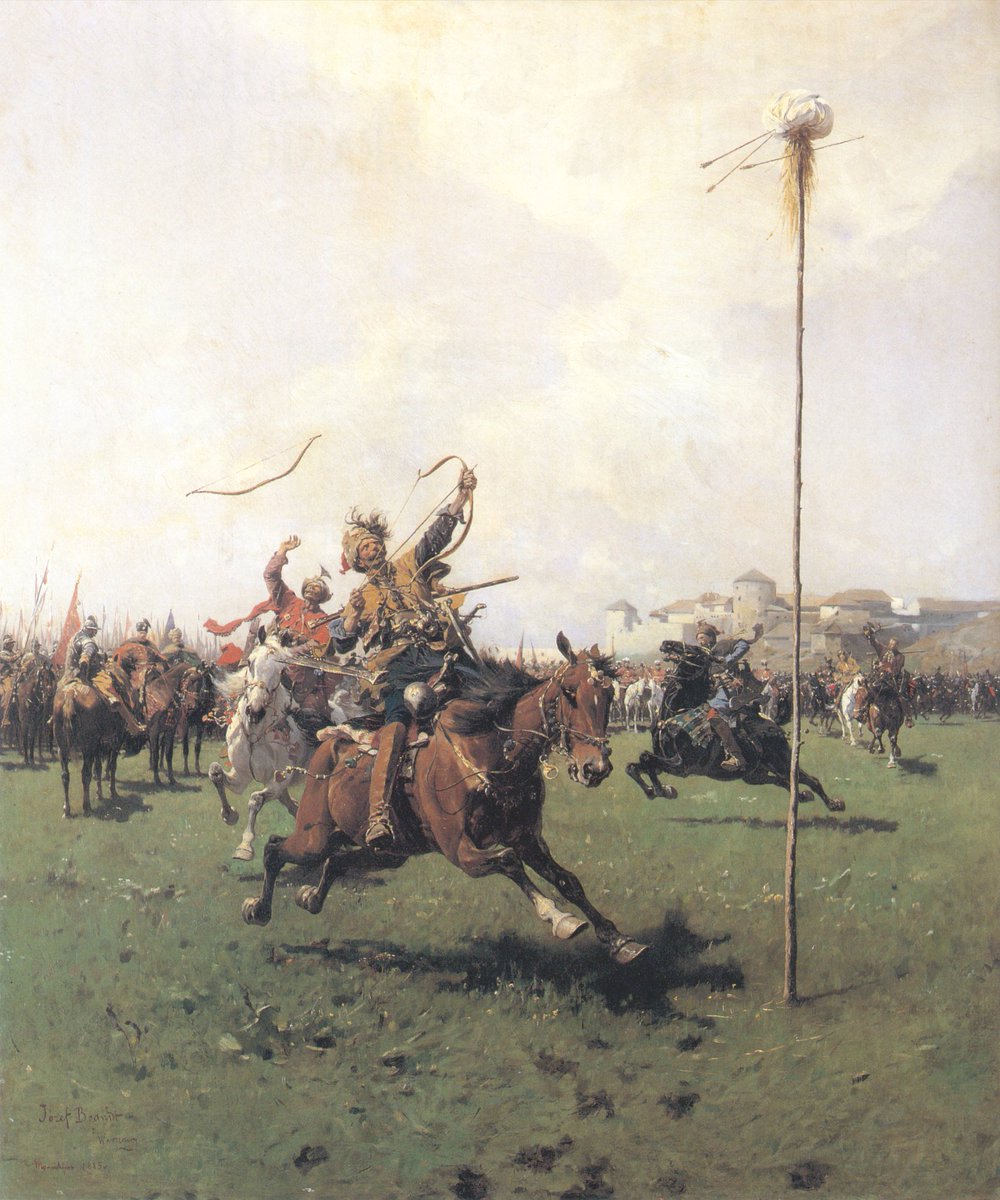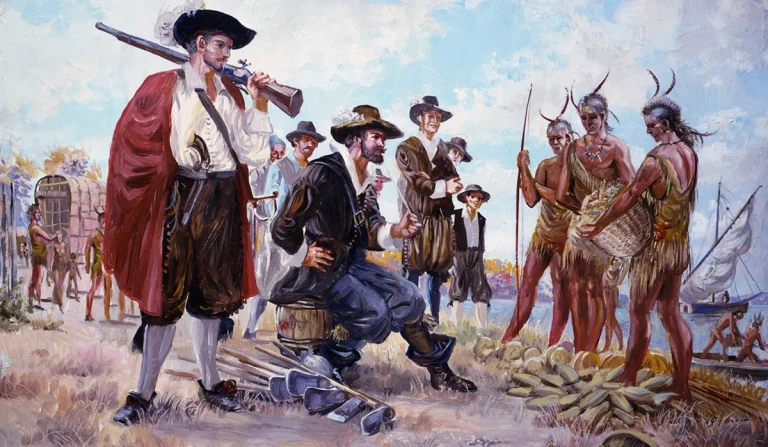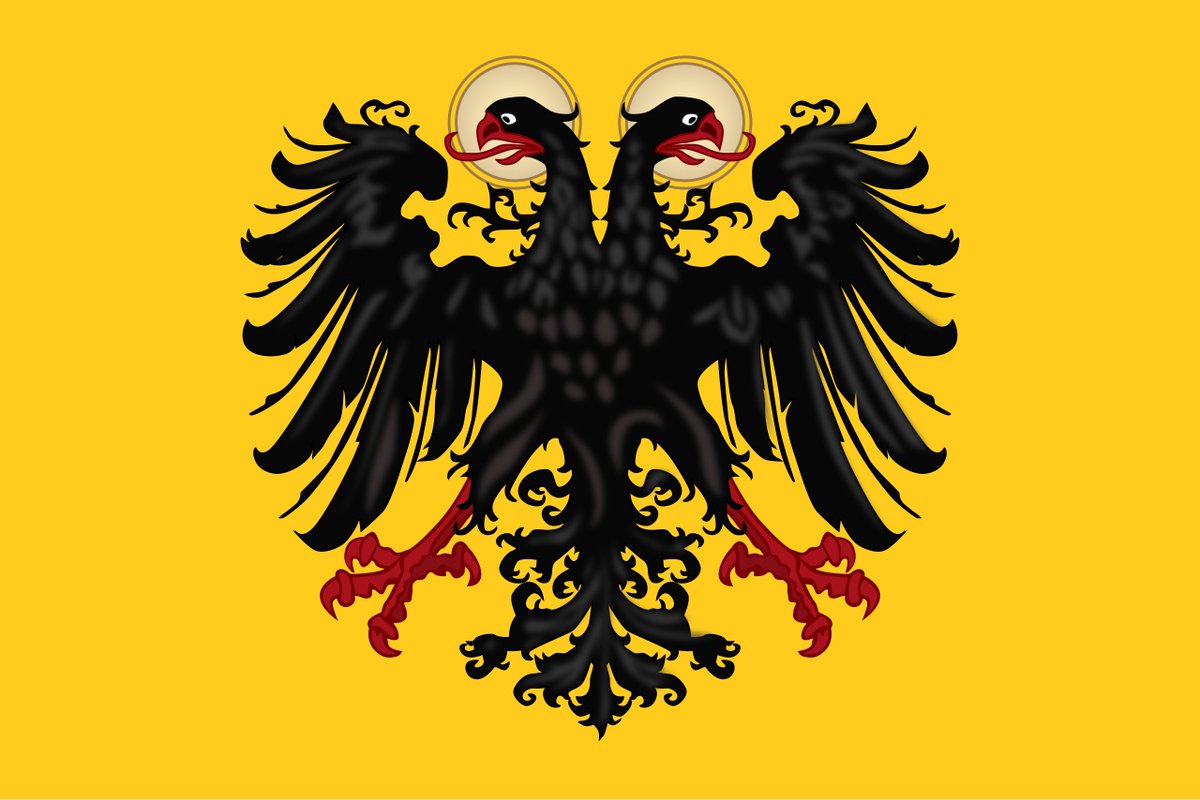The story of Aleksander Józef Lisowski and his brutal ferocious band of mercenaries Lisowczyks (active 1607-1636)! They were an irregular unit of Polish cavalry that received no wages and was instead allowed to loot and plunder as they pleased. People were terrified of them! 

They were led by Aleksander Józef Lisowski, a very brutal man who became persona non grata in Poland 1605 but would soon find his fortunes elsewhere, in Russia! Russia was in chaos in the period called Time of Troubles, and Lisowski took full advantage of that! 

With his ragtag band of mercenaries Lisowski would plunder Russian villages and engaged in many battles and skirmishes between various factions, proving his worth in battles. Finally he would defend the Polish Commonwealth and was crucial in defense of Smolensk in 1612! 

Lisowski and his mercenaries were extremely capable warriors and were able to defeat many opposing Russian forces, capturing and looting numerous Russian towns and villages. They would pillage, rape, murder and commit multiple other outrages! 

Finally, Lisowski would fell ill in 1616 and die. But his mercenaries carried on! The mercenary life was just too alluring for them! They continued to be named after him, Lisowczycy. After the 1618 Truce of Deulino that ended Russo-Polish hostilities,they became soldiers for hire 

Fortunately for them, in the same year another epic conflict started in vicinity, the Thirty Years' War. They offered their services and engaged in the famous 1620 Battle of White Mountain on Imperial side, capturing 20 enemy standards. They would continue to pillage and loot. 

In fact, they would get even more ferocious as they reportedly killed even children and dogs during their raids. Emperor Ferdinand II eventually released them from service, due to numerous complaints about their behavior! Their indiscipline became legendary.
The Lisowczycy would then split in two groups, one would return to Poland while the other stayed in the war-torn Holy Roman Empire and offered their services to others. The local German population thought they were Tatar hordes of ferocious barbarians and not Christian Europeans! 

Despite this horrible reputation they would eventually gain fame for Christendom as some fought against the Ottomans for the Polish Commonwealth at Cecora (1620) and Khotyn (1621). In peacetime, they would resort to banditry and get increasingly hunted down by local authorities. 

By 1936 they were gone; dispersed and disbanded. They would become legends as their atrocities became forgotten and they became seen as the defenders of Commonwealth and Christendom against the Schismatics, Protestant heretics and Mohammedans with which they fought in battles.
This is related to the Polish-Russian war of 1605-1618 and the battle of Klushino I wrote about today. Those were extremely dark and brutal times for Russia! And at the same time, an era of glory and prestige for the mighty Polish-Lithuanian Commonwealth!
https://twitter.com/LandsknechtPike/status/1411793961333702658
• • •
Missing some Tweet in this thread? You can try to
force a refresh







































